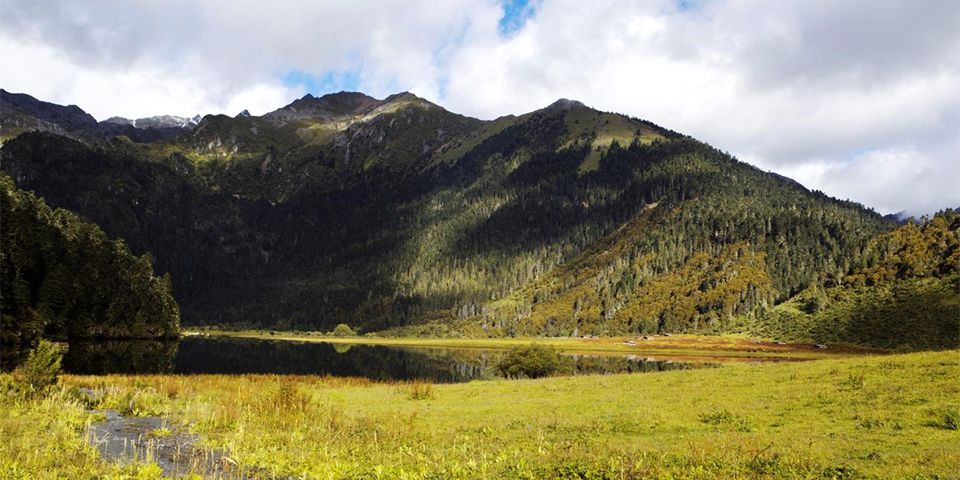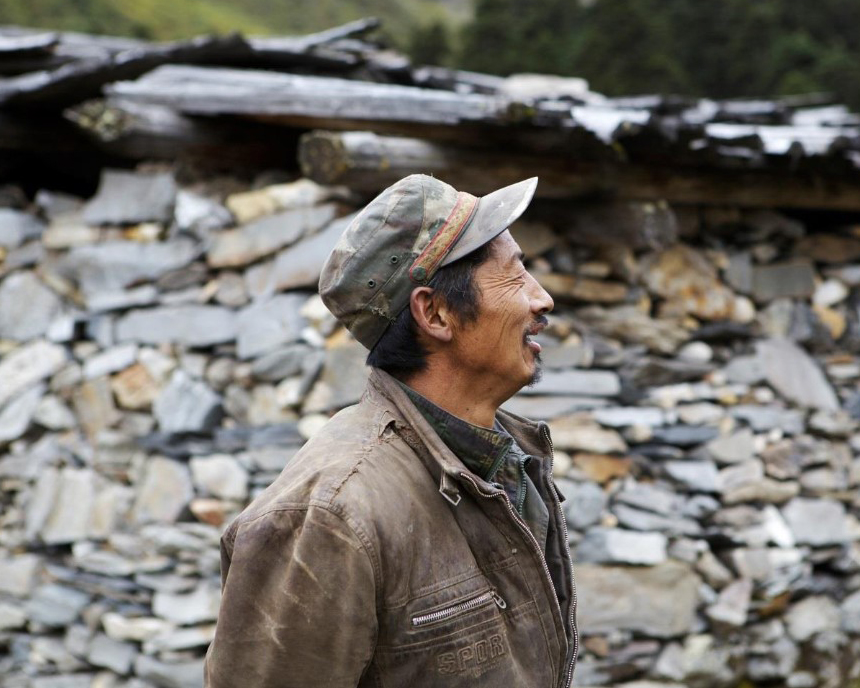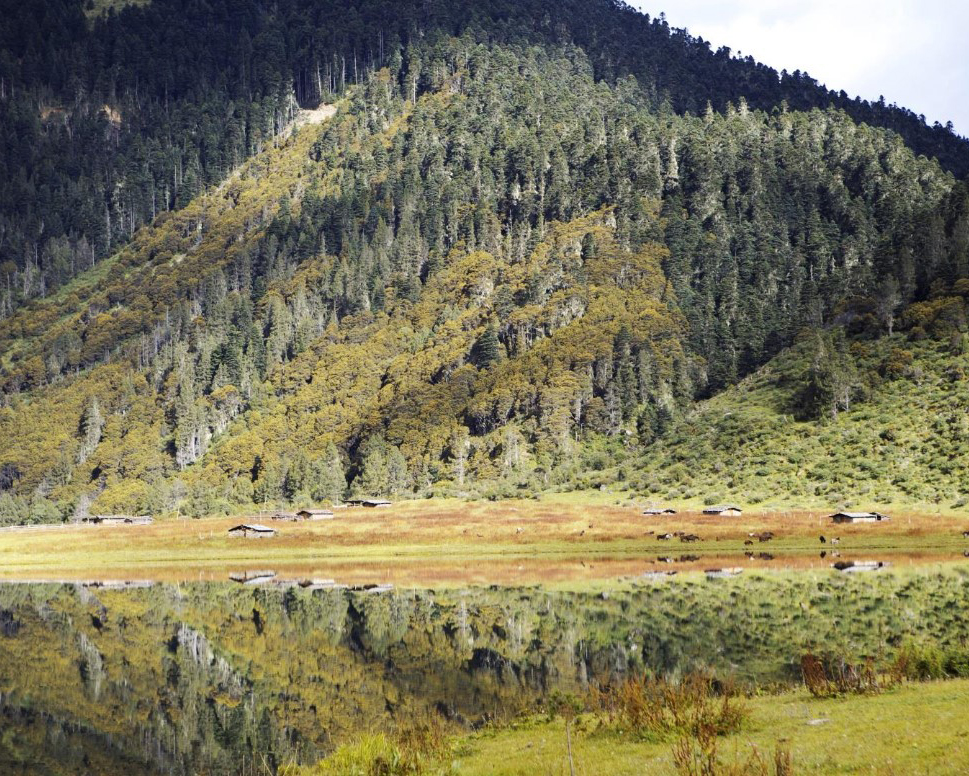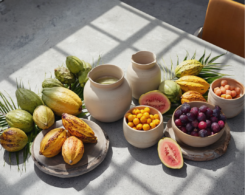Imagine yourself strolling on the sidewalk on a bright spring day. A stranger passes by, leaving a fleeting record of scent for you to explore – an enchanting blend of floral perfumery: neroli, tuberose, ylang-ylang, and magnolia. So far, so fragrant, and hardly anything out of the ordinary. And then you realize, the fresh orange juice aroma is coming from somewhere else than a cup she is holding. Actually, it comes from the fragrance itself – wrapping the florals with a freshly-squeezed, zingy sweetness, amplifying the scent. It evokes a sense of nostalgia and escape for another world, somewhere you have yet to venture. In a split of a second, the smell brings you there and takes you on an adventure to Shangri-La.
A fictional place like paradise on Earth in James Hilton’s 1933 novel, Lost Horizon, Shangri-La now takes physical form in Southwest China’s Yunnan Province. It embodies all your imagination for the mythical Himalayan utopia. In fact, the scent stems from a family of Camellia, discovered on our adventure on the eastern end of the Himalayan range.
From the novel, Shangri-La presents itself as a fantastical happy land where people live hundreds of years beyond the expected lifespan, their appearance aging only slowly. Fantasy meets reality here: the high elevation and cold climate flora provides plenty of nutrients that enable them to thrive in severe climate conditions. As a result, local plants boost multiple skincare benefits.
While skincare benefits of high-altitude flora have been known for years, their unexpected fragrances, have been discovered only recently. We often associate beautiful scents with flowers from tropical climates. Yet, high altitude flora reveals the most surprising and fascinating aromas, including some of our favorite exotic scents from this discovery:
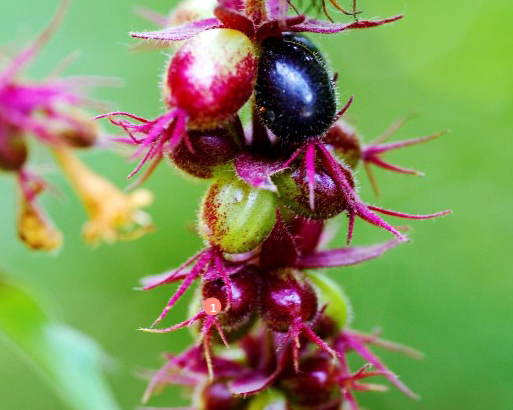
Purple Rain: Bright fuchsia bunches of small berries (falling like rain), with the most unbelievable smell of sweet vanilla nutty coffee from your favorite barista.
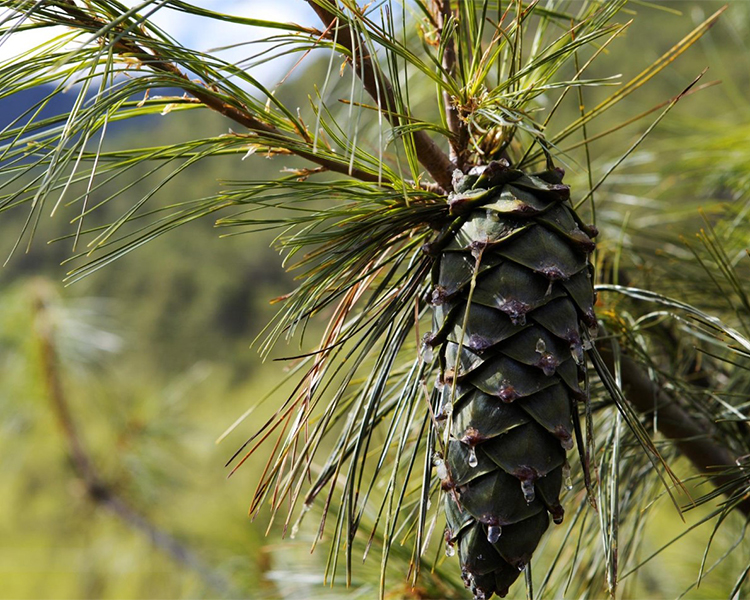
Yunnan Pine: A local evergreen with needles exuding the scent of celery and carrots fresh from the farmer’s market.
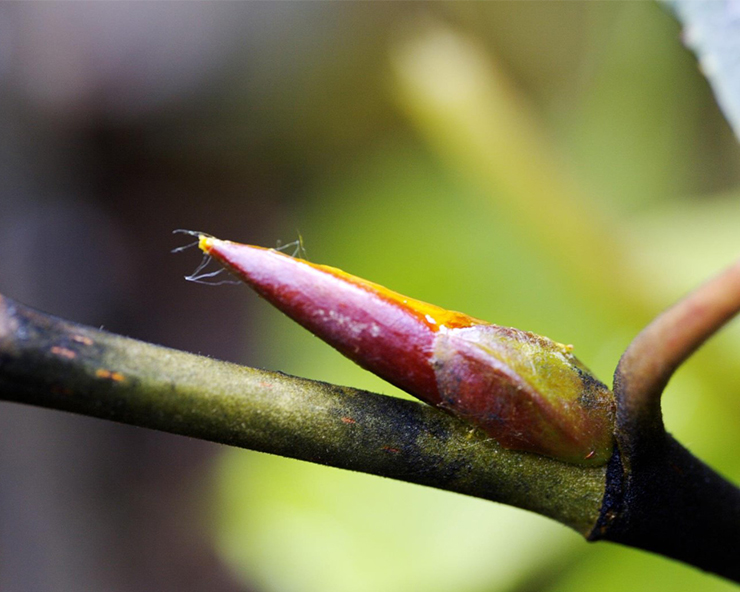
Poplar: Another local variety with buds that ooze a sticky resin of intense apricot jam—sweet and enticing.
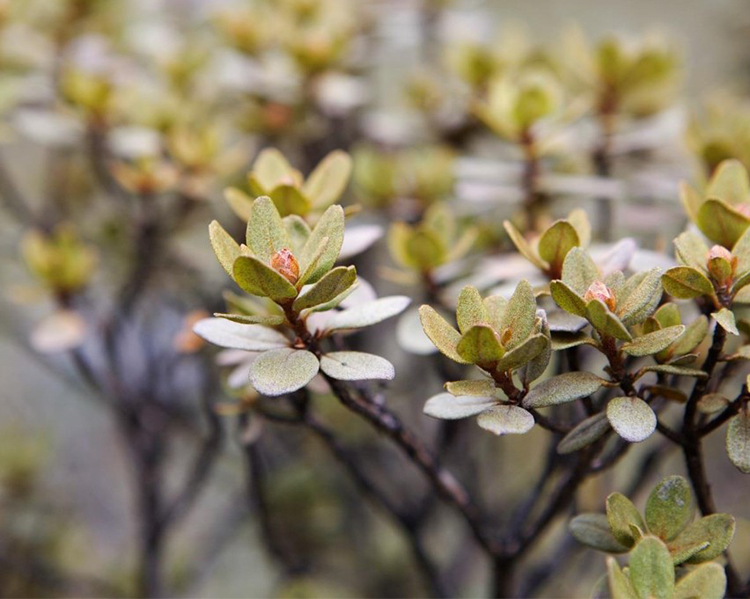
Rhododendron: When crumpled, the drab, unassuming leaves let out a sweet fragrance reminiscent of grenadine syrup.
Another draw to this region—the musk deer lives here. Due to the shrinking of its habitat, this cute miniature deer is endangered. And keeping in line with our core values of sustainability, we have supported conservation efforts to keep it protected.
Fragrance-wise, while banned from perfumery in its natural form, musk remains one of the most evocative and iconic ingredients. Today we make synthetic, biodegradable versions, made from renewable ingredients according to the principles of Green Chemistry. We had the opportunity to smell natural musk deer pellets at the Kunming Institute of Zoology in Yunnan’s capital city on our trip. It presents warm, ambery, leathery, and overpowering scent in a wildly raw manner. Today, our synthetic musks give a long-lasting, cleaner yet sensual finish to many fragrances and are still as iconic as ever.
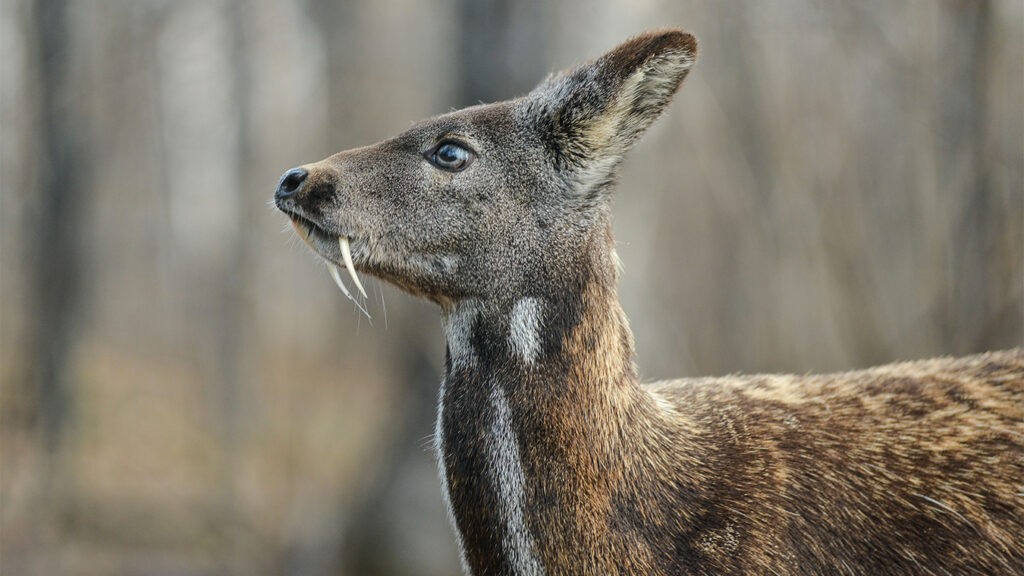
The discovery of high-altitude flora and musk deer means that the most unexpected sources and locations can inspire beautiful fragrances. We find the quest for the most unique, moving ingredients worthwhile. Like the place itself, scents from Shangri-La add a bit of adventures you can wear wherever you go.
Are you interested in learning more about unique scents? Comment below to let us know what fragrance notes you find enticing.

